Understanding Biosolids: The Complex Journey of PFAS to Soils
Water utilities and the water sector share Texas community interests and concerns around a public health issue we are all struggling to address.
Download WEAT's white paper: Understanding Biosolids: The Complex Journey Of PFAS To Soils
What are PFAS?
Per- and polyfluoroalkyl substances (PFAS) are synthetic compounds used in everyday products, like makeup, food packaging, and much more across the world and are thus found in our environment and bodies.
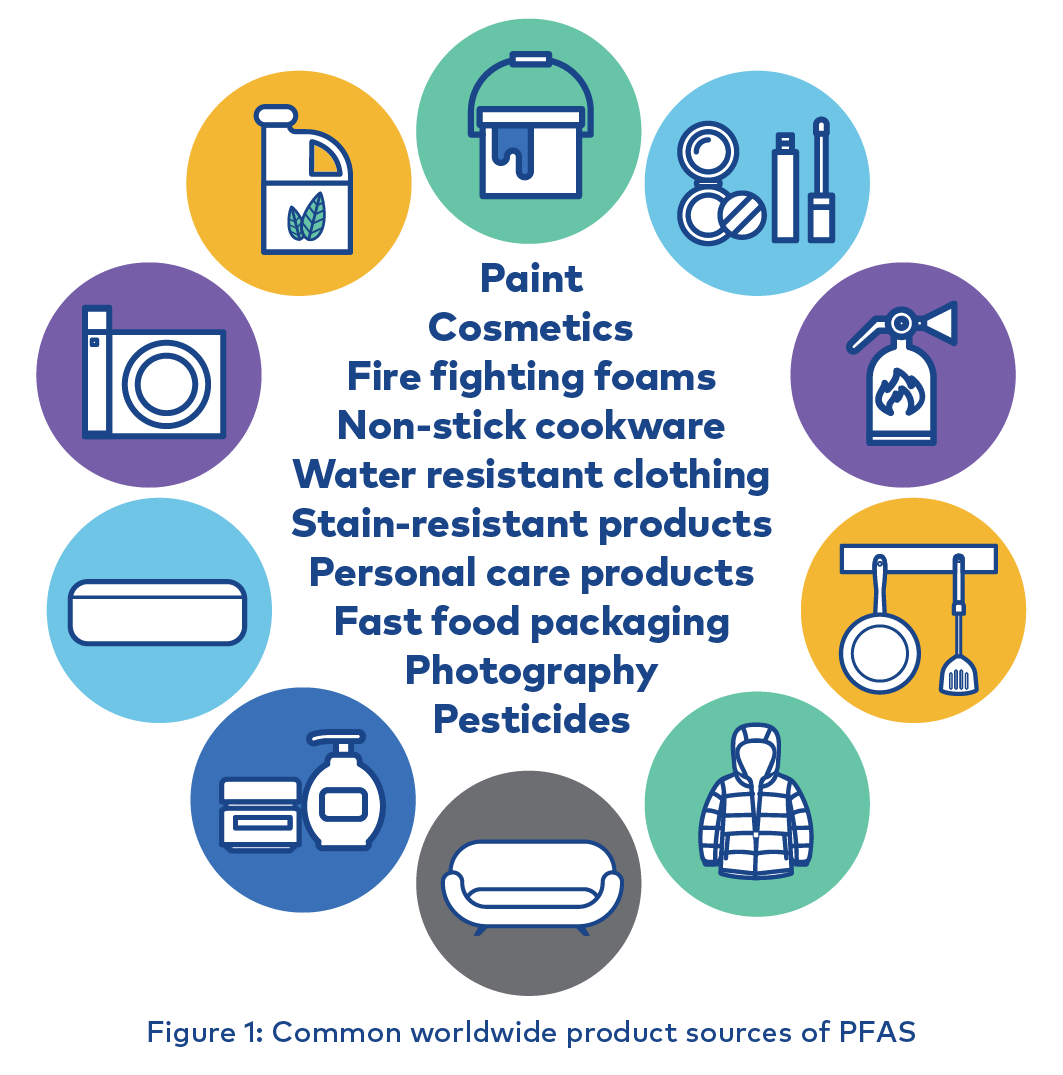
What are Biosolids?
Biosolids are nutrient-rich residuals separated from solids when wastewater is treated. It is a valuable, highly regulated, and sought-after resource that benefits farmers and the environment by building better soil, improving water retention, and reducing greenhouse gas emissions.
Biosolids are regulated under EPA section 503 nationally and Texas Administrative Code Chapter 312 (TCEQ) within Texas. TCEQ’s requirements for biosolids land application are more stringent than EPA’s requirements.
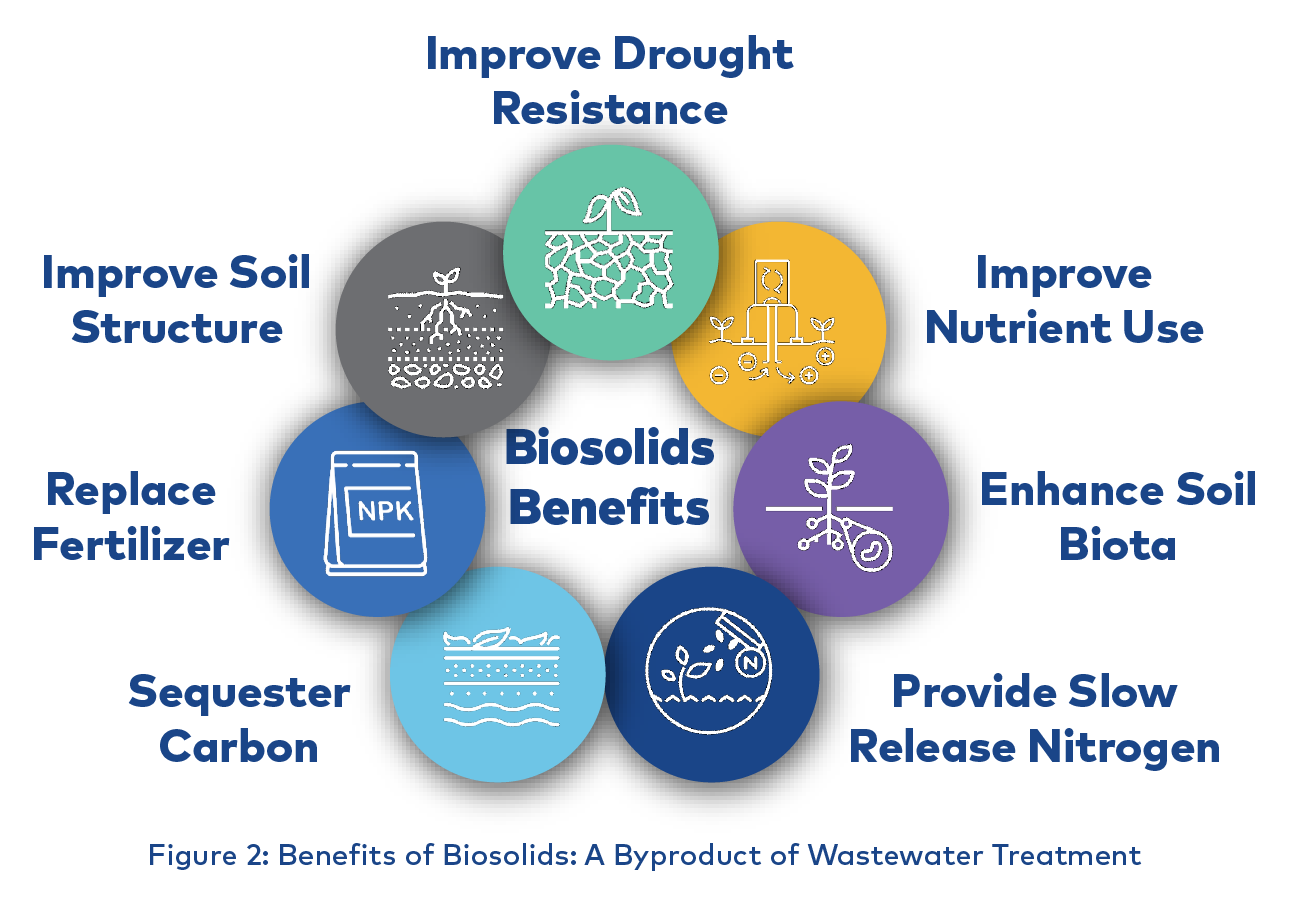
How do PFAS and biosolids interact?
Human exposure to PFAS through biosolids is less common than through other sources like household dust, cosmetics, and food packaging, which people encounter more frequently.
PFAS enters wastewater treatment facilities from both domestic and industrial sources. Michigan and Maryland are addressing this by targeting industrial flows to remove PFAS before they enter the wastewater treatment plant. By controlling PFAS levels in biosolids, they limit soil transport and reduce the risk of groundwater contamination when applied at low concentrations.
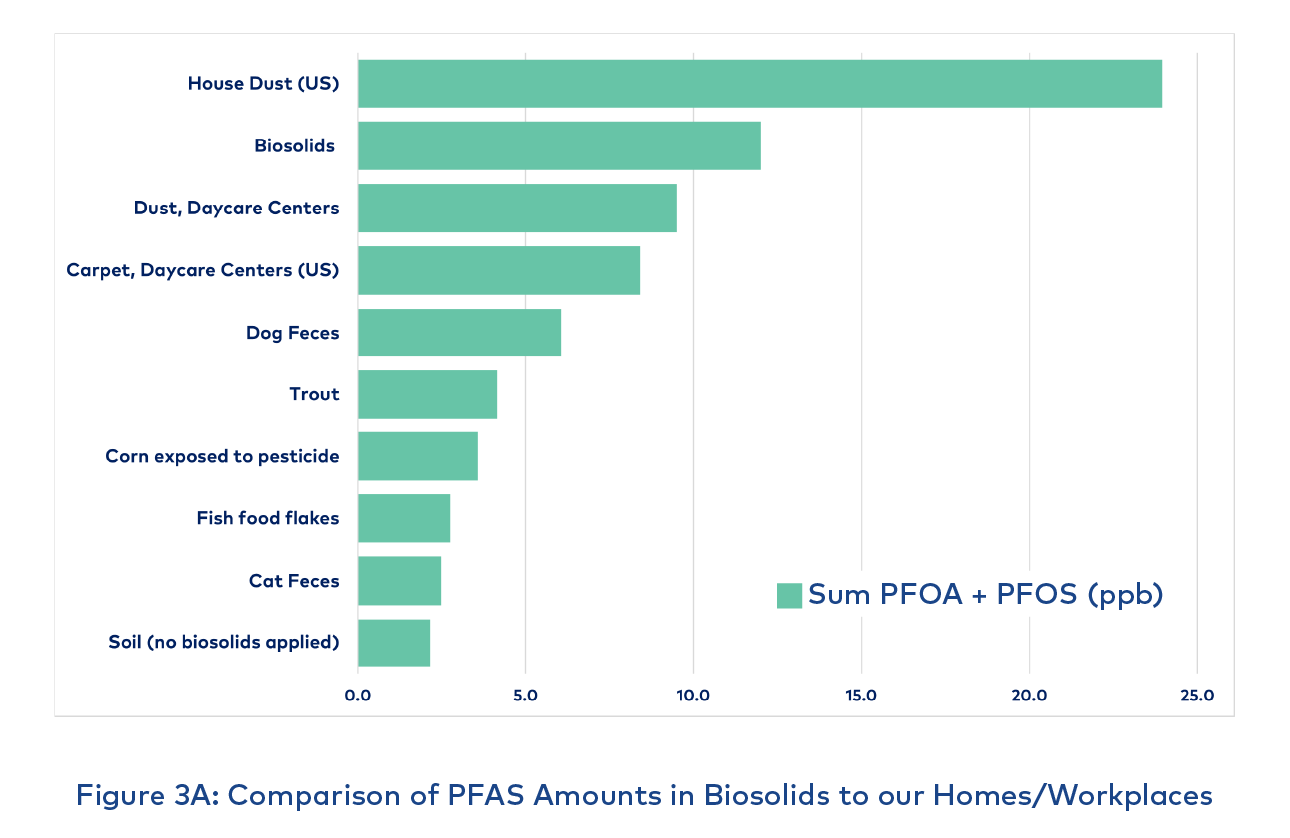
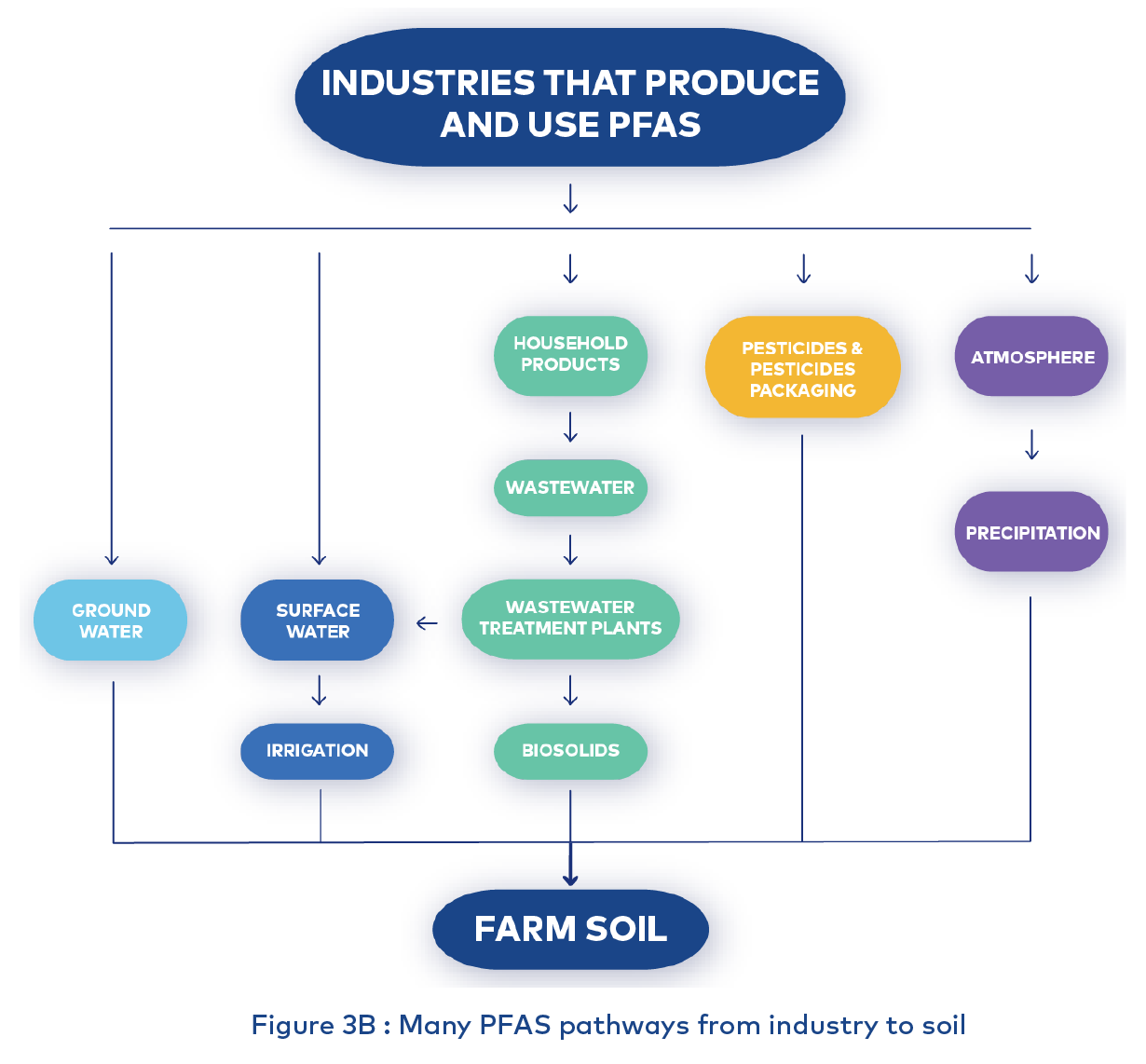
How much is produced, and where do biosolids go right now?
A 2018 study found that Texas produces 522,275 tons of biosolids annually.

Most of this is landfilled. However, banning biosolids land application would limit disposal options, as landfills already struggling with excess moisture and a shortage of new sites. Therefore, landfilling is not a sustainable long-term solution for biosolids management in Texas.
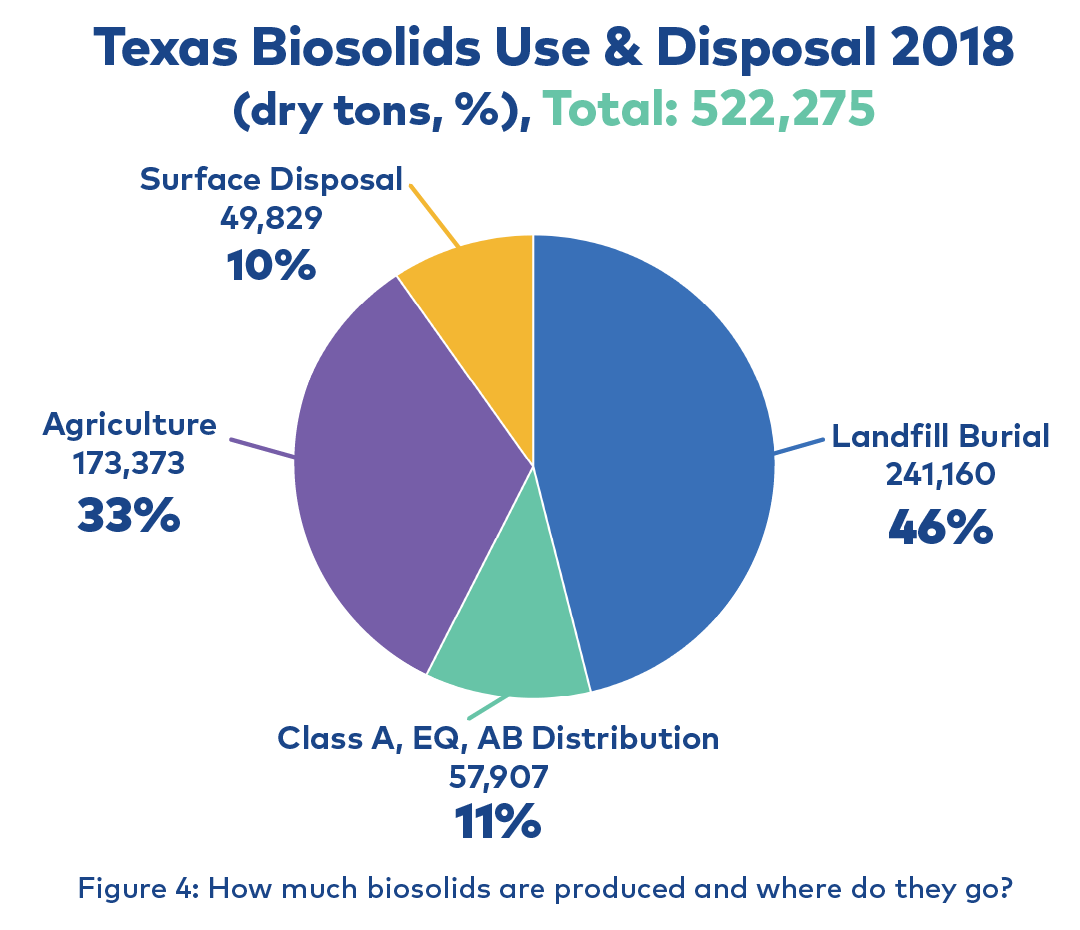
In January 2025, EPA published its DRAFT Biosolids PFAS Risk Assessment, which will help to determine if limits need to be set for PFAS in biosolids. As the national framework evolves, Texas is encouraged to align its legislation with federal efforts instead of jumping ahead of federal regulatory and legislative changes.
How much will it cost Texas rate payers to ban biosolids?
If land application was banned, it is estimated that it would cost roughly $117M annually to ONLY dispose of biosolids in landfills. This expense would directly impact Texans' water/wastewater rates. In ADDITION to increased landfill disposal fees - hauling fees, staging fees, and treatment fees would also increase. Initial numbers estimated that a ban would immediately double or triple the wet ton disposal cost of biosolids, and by 2030, the cost would be approximately 16 times higher.

How much will this impact farmers? A Texas farmer’s story…
A farmer compared two fields, one with biosolids land application and one without biosolids. This farmer saw a profitability swing of +$113/acre for those fields where biosolids were applied. With rising costs of commercial fertilizers, biosolids and their benefits to soil health help farmers maintain profitability where they might otherwise have to claim a loss.
In addition to lower fertilizer costs, data showed a +23% increase in productivity compared to fields with commercial fertilizers applied at the same rate.
*Data based on side-by-side comparison for a single farmer growing corn in Hill County, Texas.
Figure 6: A Texas Farmer’s story